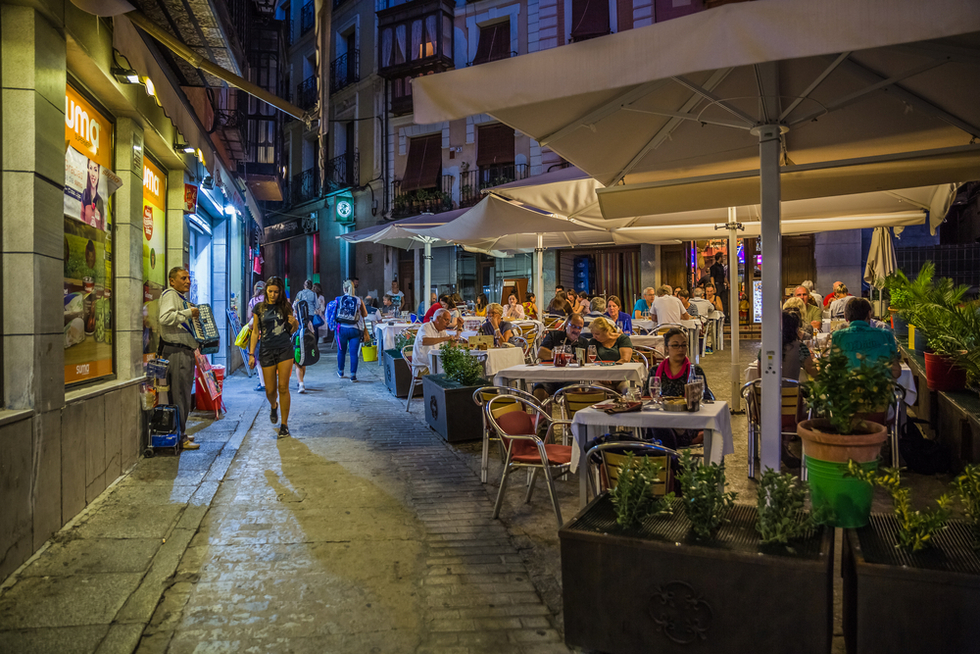Note: This information was accurate when it was published, but can change without notice. Please be sure to confirm all rates and details directly with the companies in question before planning your trip.
Toledo
Best Restaurants in Toledo

The first cookbook in Spanish was published in Toledo in 1525, entitled the Book of Stews, Delicacies and Soups. Five hundred years on it’s not a bad description of Toledo’s celebrated cuisine, shaped by the rugged Manchegan landscape and the city’s multicultural past. The striking signature dish is perdiz a la Toledana (partridge casserole with garlic, herbs, wine, and olive oil), much discussed by visitors to Toledo, not always appreciatively. As James Michener pointed out to a ruddy-faced Englishman in his travel memoir Iberia: “I’m afraid there’s nothing wrong with your partridge, sir. It’s how they serve it in Spain. A delicacy. Well hung.” Expect it to be gamy to the point of being high. If that’s not to your taste, the roast lamb (cordero asado) and suckling pig (cochinillo) are superb, as are rustic stews and soups such as carcamusa, a rich pork casserole with tomatoes and peas—often served as a bar snack—and sopa Castellana, involving garlic, bread, egg, paprika, and lots of the excellent local olive oil. Much of Spain’s prized saffron (azafrán) is cultivated in the crocus fields of La Mancha, and Toledo’s other great delicacy is marzipan (mazapán), which you’ll see as a finale on many menus. No one is quite sure who first had the idea to mix ground almonds, sugar, and eggs—maybe the Arabs, maybe famine-struck nuns—but the first known recipe for it appears in that same 1525 cookbook.








